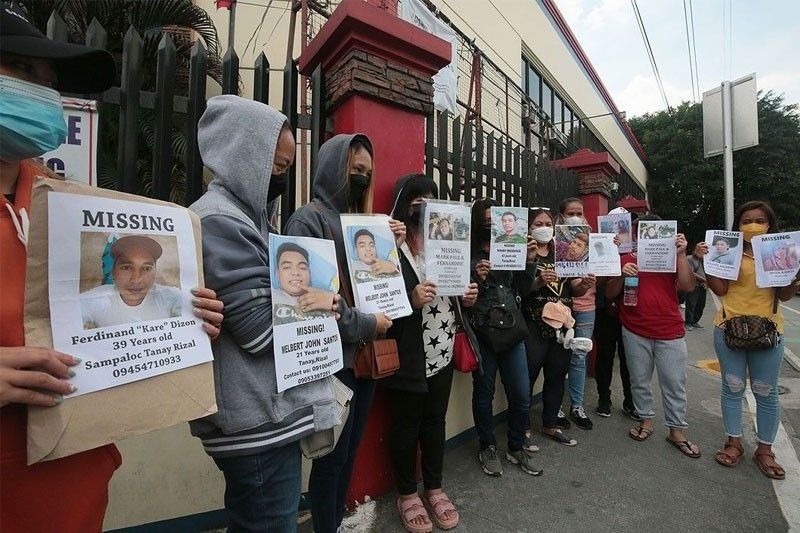
Upgrade to High-Speed Internet for only ₱1499/month!
Enjoy up to 100 Mbps fiber broadband, perfect for browsing, streaming, and gaming.
Visit Suniway.ph to learn
Lisa Guerrero Nakpil - The Philippine Star
June 10, 2025 | 12:00am
Sen. Loren Legarda, whose great-grandfather was a member of the Malolos Congress and a signatory of the Malolos Constitution, won the bidding for the highly sought-after relic.
STAR / File
MANILA, Philippines — At a time when the nation is riveted by constitutional matters, a rare 1899 edition of the Malolos Constitution – the first-ever constitution of the country – sparked frenzied bidding at last weekend’s Leon Gallery auction. Dubbed the “magna carta” of Asia’s first democracy, it spotlighted public interest in the historical and political.
The Malolos Constitution specified a parliamentary form of government, the three branches we have today, but, interestingly, did not provide for a vice president. (In case of a presidential vacancy, the chief justice of the Supreme Court would step in).
Sen. Loren Legarda swooped in to rescue this important relic with a winning bid (inclusive of premium) of P2.6 million, but not after meeting spirited resistance from other bidders eager to take the prize. Opening bid was just P100,000. One other copy is on display at the National Library of the Philippines.
The pocket-sized treasure measures just 10 x 15 cm (or barely 6 x 4 inches) and consists of 48 pages, giving it a monetary value of a whopping P54,000 per page, thanks to its mint condition. It came from the collection of renowned historian Ambeth R. Ocampo.
Interviewed after the rapid-fire bidding for the lot, Legarda revealed that her great-grandfather Ariston Gella, the first pharmacist of Antique, was a member of the Malolos Congress and a signatory of the constitution. A history fan even as a child, she believes that such pieces of our country’s past are touchstones of the nation’s identity.
Sen. Miguel Zubiri, whose ancestor Pablo Ocampo was secretary of the Malolos Congress and helped draft the constitution, was one of the contenders for the important historical lot.
A feeding frenzy next exploded for a silver dagger also from the Malolos period, made famous as the capital of the First Philippine Republic. Engraved with a sun, three stars and the phrase “La Libertad de Filipinas (Freedom for Filipinas) 1899,” it fetched a world record of P4.6 million. The blade encased in a silver and horn scabbard was similar to daggers carried by such heroic commanders of the Philippine-American War as Gen. Miguel Malvar and Gen. Manuel Tinio.
It set the furious pace for other historical lots, which included a landmark painting by National Artist Fernando Amorsolo, titled “The Burning of Manila,” which belonged to business titan, Don Enrique Zobel. Dated on “New Year’s Day 1942,” it’s a fiery scene of the Intendencia (later the home of the Bangko Sentral ng Pilipinas) engulfed in dark smoke and flames as the citizenry scamper around it. Measuring a wall-sized 40 x 60 inches, this fragment of Philippine history was acquired for P36 million.
The bidding for watershed works finally peaked at a stunning P60 million for an elusive Anita Magsaysay-Ho work in egg tempera. Fewer than 20 paintings in this delicate medium exist.
Titled “Taga-Igib (Water Carriers),” it is a significant piece of Philippine art history for the country’s most important woman artist. Magsaysay-Ho noted in her memoirs that it was the third painting in egg tempera she would ever make.
These and other milestone bids reflected the resilient auction market for history and art in the Philippines, which elsewhere in the world is buffeted by the winds of political volatility.

 2 weeks ago
7
2 weeks ago
7



